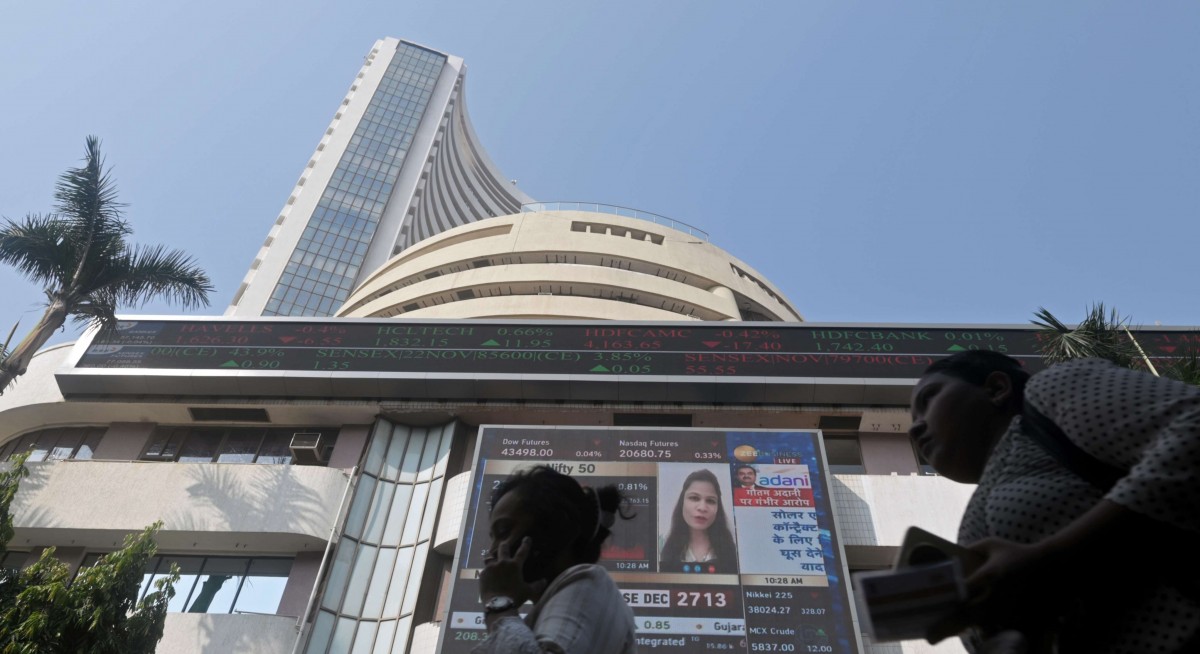The first of those two events is the federal budget on Saturday, which he said could act as a positive catalyst by offering measures to boost consumption and by sticking to the path of fiscal consolidation.
Monetary easing by the central bank — which has a rate decision on Feb 7 — is the other factor that could help stabilise the stock market, where the benchmark gauge is on track to cap its longest losing monthly run since 2001.
Marred by slowing economic growth and an exodus by foreign funds, India’s benchmark NSE Nifty 50 Index has lost more than 11% since an all-time high in late September 2024. The nation’s currency has fallen to successive record lows against the US dollar and earnings at some of the biggest companies are trailing analysts estimates in the ongoing results season.
See also: Safran plans to boost procurement from India 400% by 2030
Global investors have sold US$20 billion worth of local shares on a net basis since the end of September as the faltering earnings momentum makes investors question if Indian stocks are worthy of the valuation premium they command over emerging-market peers.
The Nifty 50 is trading at 18.8 times its estimated forward earnings, versus a multiple of 11.9 times for the MSCI Emerging Markets Index, according to data compiled by Bloomberg. The Indian gauge traded at more than 20 times in late September.
Shares of some private Indian banks are a bright spot for Bhutoria.
See also: India approves US$815 mil rare earth plan to spur local output
“Operationally, there are no big flashing risks. They are well-capitalised, asset quality is stable, they have contingent provisions and corporate health is decent,” he said.
Shares of HDFC Bank and ICICI Bank are among the top India picks in Federated Hermes’ global emerging-market portfolio.
Chart: Bloomberg




